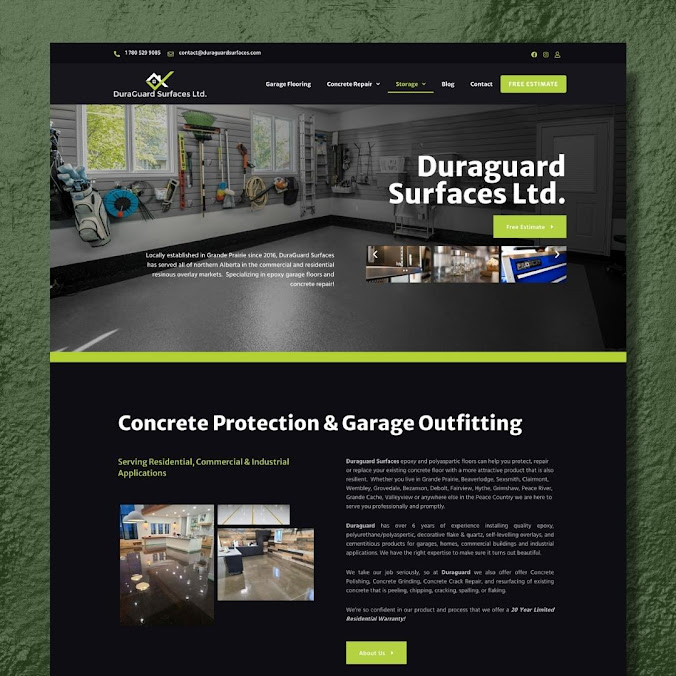web design color palette
In 2022, web design trends will continue to emphasize modern user experience and mobile responsiveness. Minimalism and flat design trends are expected to remain popular, but with a focus on innovative use of whitespace and typography. 3D animation and parallax scrolling will become more prominent as the technology becomes increasingly accessible. Increased interest in personalization from users and businesses alike means that web designers must be prepared to create customized experiences for viewers. Augmented reality will be incorporated into many websites, providing an immersive and interactive user experience. Additionally, motion UI is expected to play a larger role in website design as it adds visual appeal and interactivity. Voice search optimization and conversational AI will also emerge as powerful tools for SEO purposes. Designers will need to incorporate these emerging trends into their work if they want to stay ahead of the competition in 2022.
Web design is an art form that involves the conceptualization, creation, and maintenance of website interfaces. It typically includes elements such as web page layout, color schemes, typography, graphics, and more. In order to create a successful web design that meets user needs and expectations, designers must be well-versed in both technical and creative aspects of this craft. As such, web designers must possess excellent knowledge of HTML5 and other programming languages; they also need to have an eye for design aesthetics like color schemes and composition. Additionally, they should have a solid understanding of user experience (UX) principles to ensure that the interface works intuitively for users. Good web designers are also well-versed in factors like page speed optimization and search engine optimization (SEO) so their designs can perform effectively in search engine results. Furthermore, a good web designer will stay up-to-date with trends in web design technologies so they can make informed decisions about how to best design websites for optimal performance. Web designers must also understand the importance of mobile responsive design so that their creations look great regardless of the device or platform being used by visitors. All these factors combined make it clear why web design has become an increasingly sought-after profession in recent years.
